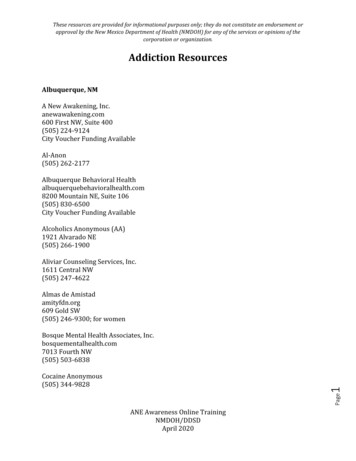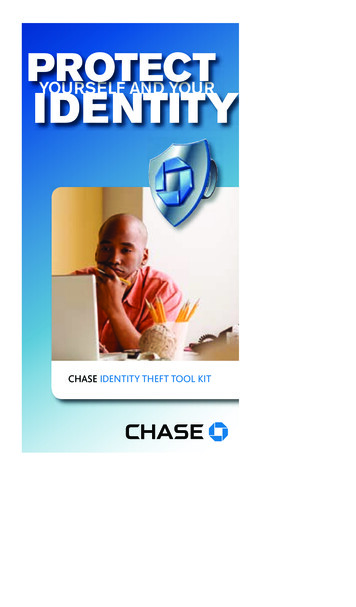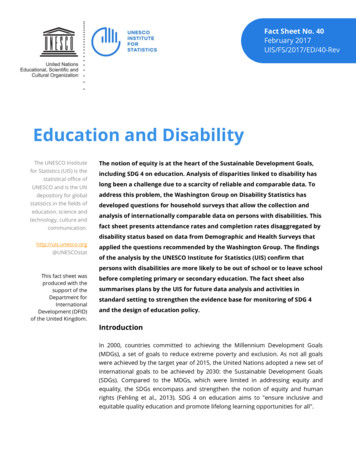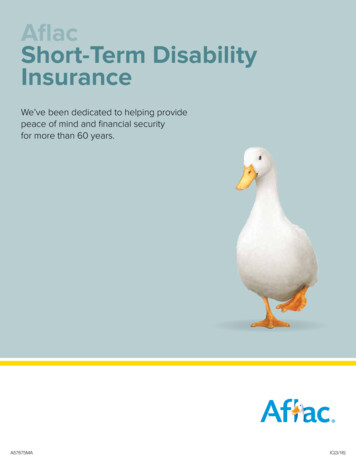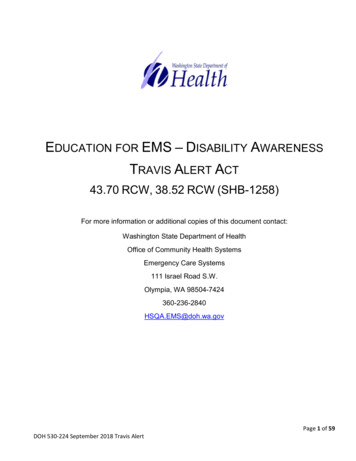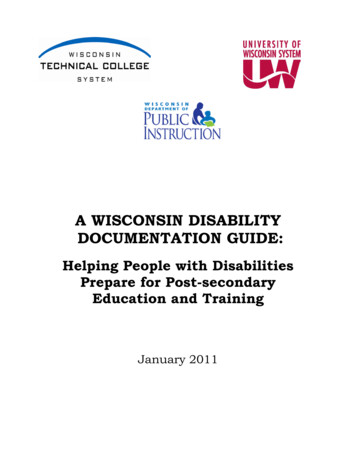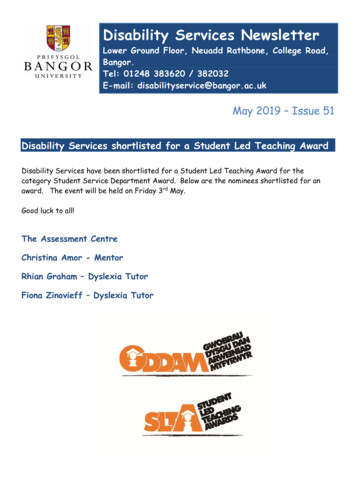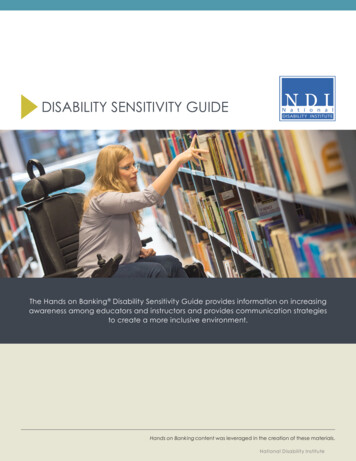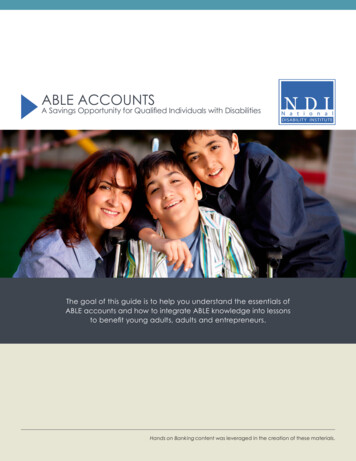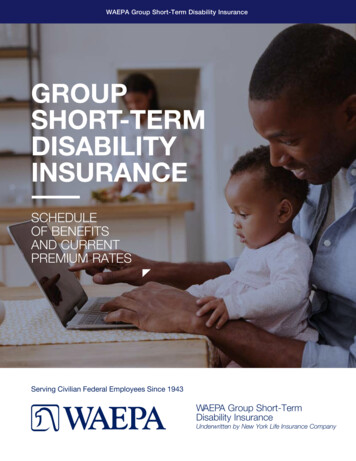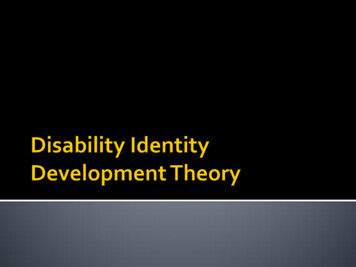
Transcription
Be able to articulate the spectrum ofdisability identity Understand the basic concepts of disabilityidentity models Apply disability identity models practically toyour work with students
Disability identity can be understood as a spectrum. Disability is a fluid identity whichmeans that any person can become disabled at any point in time. You can also becometemporarily disabled through injury and then return to being temporarily able-bodiedafter the injury heals. A person cannot be “able-bodied” because of the ability totransition into a “disabled” state.
Physical or mobility impairmentLow vision, Blind, or another visual impairmentd/Deaf or Hard of HearingHearing ImpairmentLearning disabilityPsychological or Behavioral disabilityAttention Deficit-Hyperactivity DisorderAutism Spectrum DisorderThis is not an exhaustive list, but provides examples of some disabilities that studentsmay have. It is important to learn about different types of disabilities and how youcan make the classroom more accessible for students.
The following slides summarize severalprominent disability theories. Faculty and staffworking with students with disabilities mostoften use the following models: Social Model of Disability Minority Model Gibson’s Disability Identity DevelopmentModel
Disability is an internal problem with theindividual Disability should result in medical attentionor curative treatment No recognition of societal factors creating adisabling culture No recognition of disability as an identity
Disability is a social limitation that is not aresult of the state of the body, but a lack of fitbetween the body and the environment Recognizes that society perpetuatesdisability Recognizes disability as an identity
Disability as an external problem Environment, rather than individual, mustaccommodate the needs of individuals withdisabilities Recognizes disability as an identity and group
Stages of Identity Development Passive Awareness: students are unable torecognize their disability Realization: students are trying to reconcilerelationship with society Acceptance: students will begin to view themselves as equals to their peers embrace their disability identity develop a group disability identity
View the following clips. See if you can identityhow the characters in these clips exemplifydifferent stages of Gibson’s Model. Parenthood Clip Big Bang Theory Switched at Birth
Recognizes disability as an identity Allows for fluidity between different stages Recognizes that society impacts disabilityidentity Focuses on individual, and to some extentgroup identity
Brisenden, S. (1986). Independent living and the medical model of disability.Disability, Handicap, and Society, 1(2), 173-178.Gibson, J. (2006). Disability and clinical competency: An introduction. TheCalifornia Psychologist, 39, 6-10.Gibson, J., Laux, S., & Myers, K. (2012). A disability identity developmentmodel: Pilot Study and Revised Survey Tool [PowerPoint Slides].Retrieved Baltimore11/index.html?emc lm&m 91334&l 3&v 582378.Goering, S. (2002). Beyond the medical model? Disability, formal justice, andthe expectation for the ‘profoundly impaired’. Kennedy Institute of EthicsJournal, 12(14), 373-388.Silvers, A., Wasserman D., & Mahowald, M. (1998). Disability, difference, anddiscrimination. Boston, MA: Rowman & Littlefield Publishers, Inc.
Disability identity can be understood as a spectrum. Disability is a fluid identity which means that any person can become disabled at any point in time. You can also become temporarily disabled through injury and then return to being temporarily able-bodied after the injury heals. A person cannot be “able-bodied” because of the ability toFile Size: 700KBPage Count: 12
